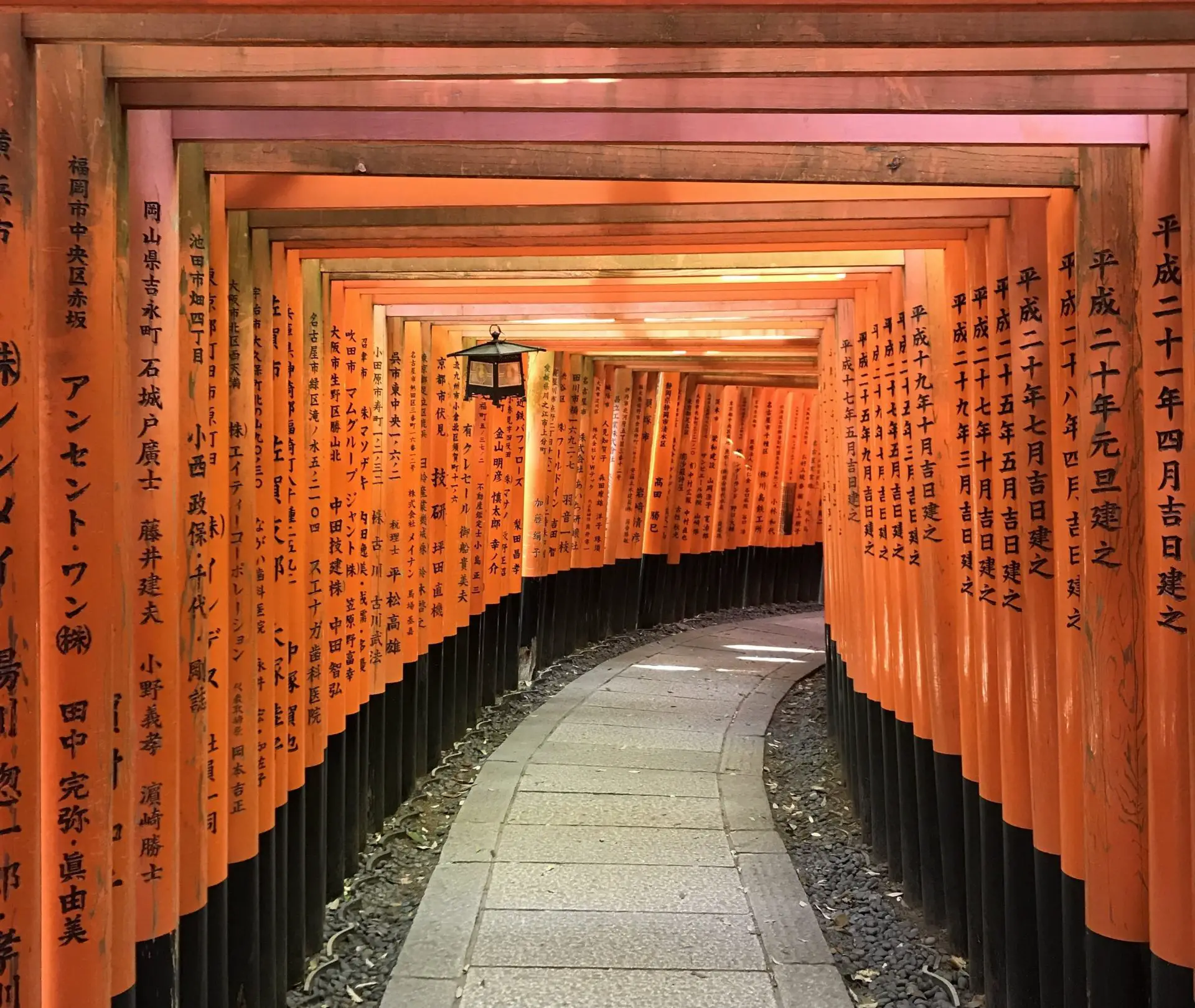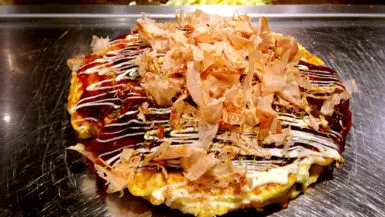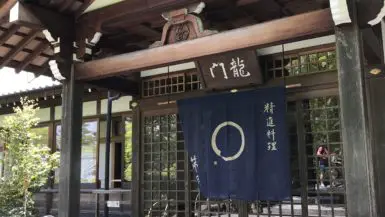Thousands of bright orange torii gates winding up the mountain, contrasted and framed with the neon green of the mountain forest. You’ve undoubtedly seen pictures of this striking Japanese Shinto shrine, Fushimi Inari.
History of the shrine
Inari Okami is the Shinto god of rice and business, and Inariyama is the sacred mountain dedicated to this god. There are about 30,000 shrines dedicated to Inari around the country, and Fushimi Inari is considered the head shrine. The shrine was established 1300 years ago, although the buildings and edifices have been burnt down, torn down, repaired, and rebuilt over time.
Revered foxes (white foxes called byakkosan) are said to be the messengers of Inari Okami (this god is not a fox). Throughout the shrine you will see various fox statues, some with many tails (a symbol reflecting their power and wisdom) and some with red scarves, showing their devotion to Inari Okami. Some foxes also hold granary keys in their mouth, as well as scrolls and sheaves of rice.

The vermillion torii gates are offerings from businesses and individuals dating from the Edo period (1603-1868) to the present. You can buy a gate yourself for between $4000 – $10000 depending on the gate size. There are about 10,000 present at the Fushimi Inari shrine. Vermillion red is considered a protective color against evil forces, and the mercury and red earth pigment protects the wood gates from the forces of time.

Sei Shonagon wrote about her visit to the shrine on the Day of the Horse (a sacred holiday for the shrine) in The Pillow Book, her famous Japanese court memoirs. The shrine has also been featured in several movies, Memoirs of a Geisha probably being the most familiar if you’re an American reader.
How to get there
It’s very simple to get to the Fushimi Inari shrine. Just take the JR Nara Line train to the Inari stop, just two stations after Kyoto Station. The train stop has vermillion gates visible from the window, so it’s almost impossible to miss.
Good to know
I would set aside at least 2-3 hours for your hike on Mount Inari if you’re determined to get to the top (a 4km hike) with no stopping. However, almost every guide we read mentions that the top is not really much to see besides the view as the torii gates become quite sparse, so we opted to go about halfway up to the “crossroads” before heading back down.

The Inari mountain is considered sacred, so please treat it as such and refrain from littering. Also, this sacred designation means there is a point in the hike where there are no more bathrooms. It’s earlier than you think!
There are numerous tea shops, small restaurants, and ice cream stops for tourists. Expect tourist oriented prices and quality. Also, since it’s Japan, you won’t be short on vending machines.
Where to go next
There’s not a whole lot going on near the Inari shrine, but if you want to explore further, try heading up northeast of Kyoto to the Higashiyama to check out the Silver Pavilion and the Philosopher’s Path, which features a few dozen shrines along the river and many boutique tea and art shops.
Hours and fares
The shrine is open 24 hours, so you can opt to visit during nighttime for a one of a kind experience. However, there are numerous spiders and extremely large spiderwebs everywhere, so if you’re an arachnophobe it might be better to go during the day!

People tend to start to visit en masse around 9-10am and after, so try to get there around 7 or 8 if you want to beat the crowds.
The shrine is free to visit, but you can make a donation to the shrine staff if you wish to support them.
Pin it








Leave a reply